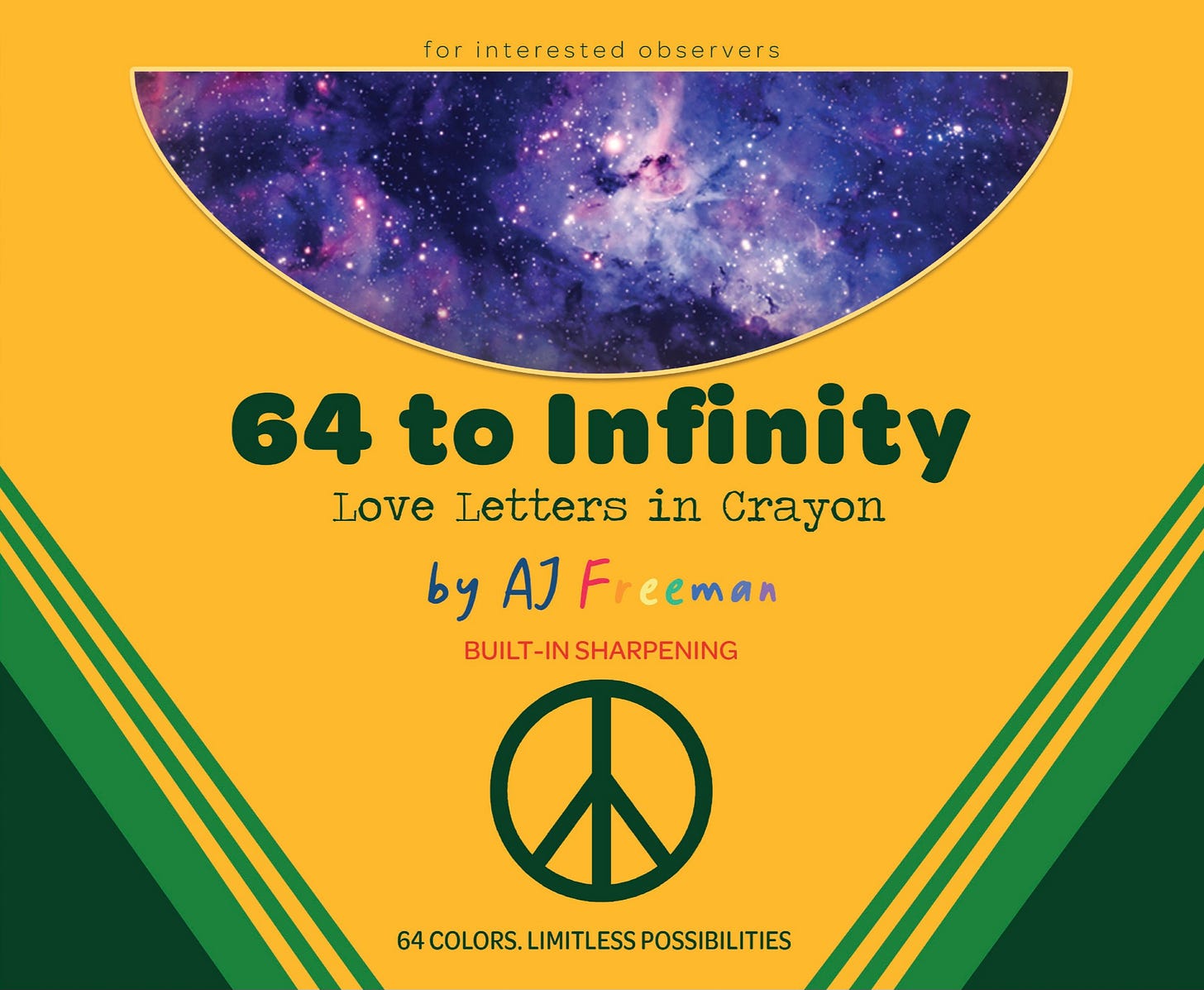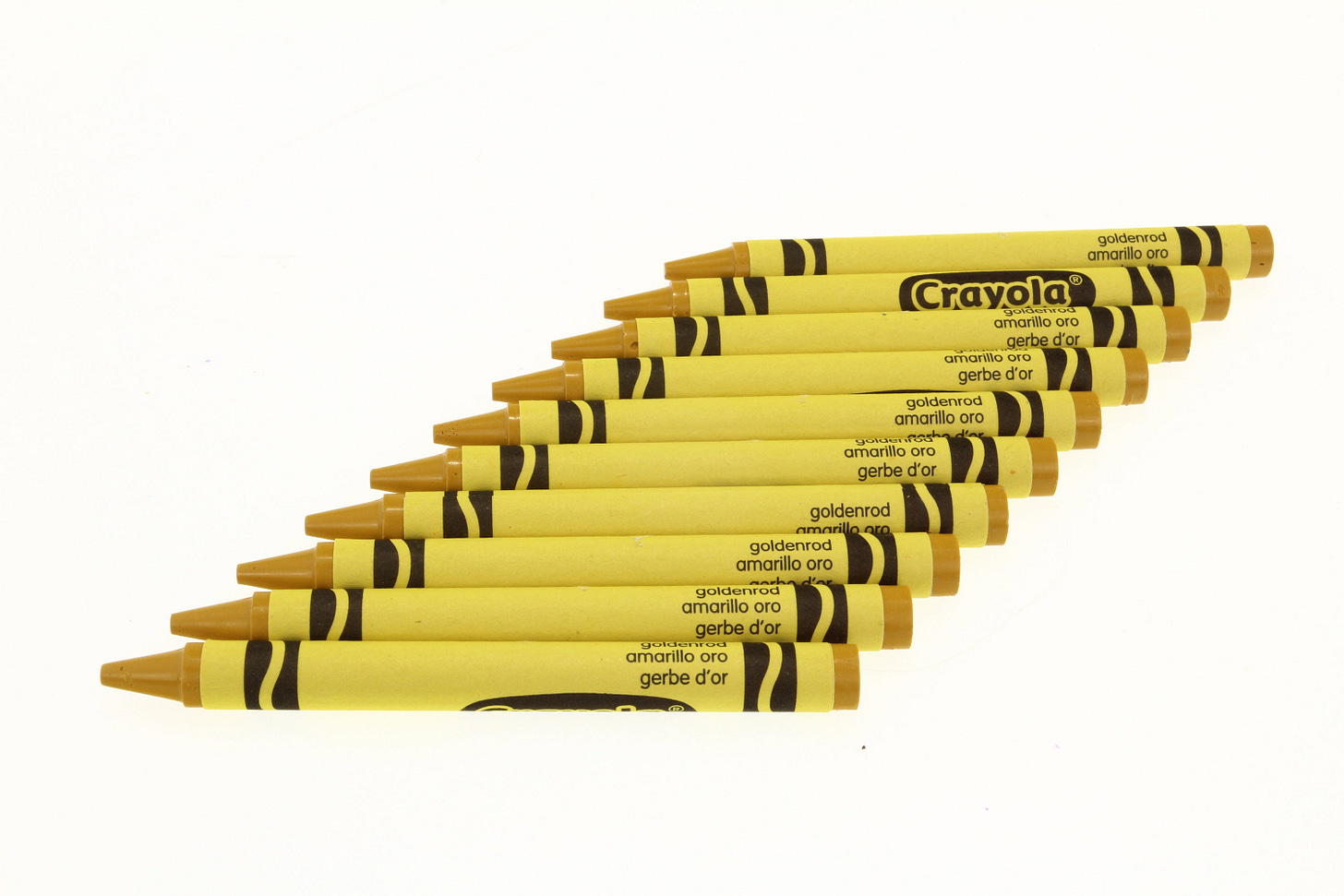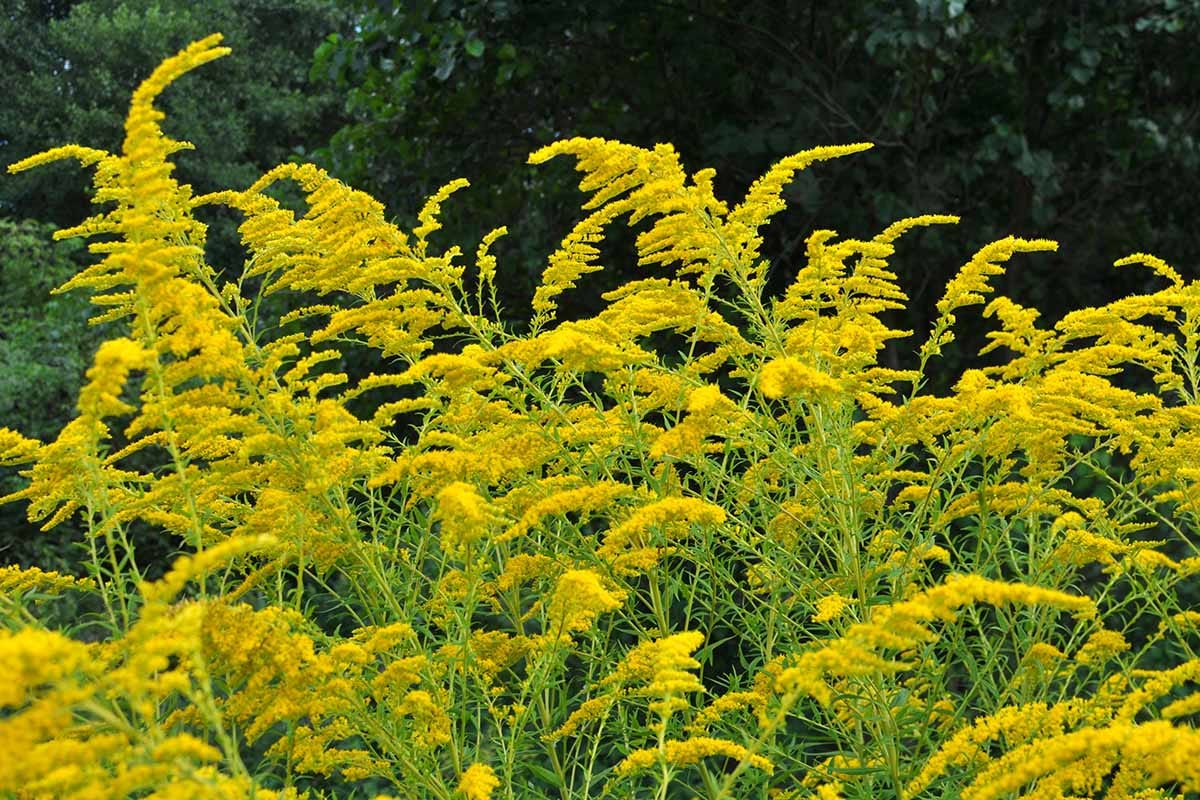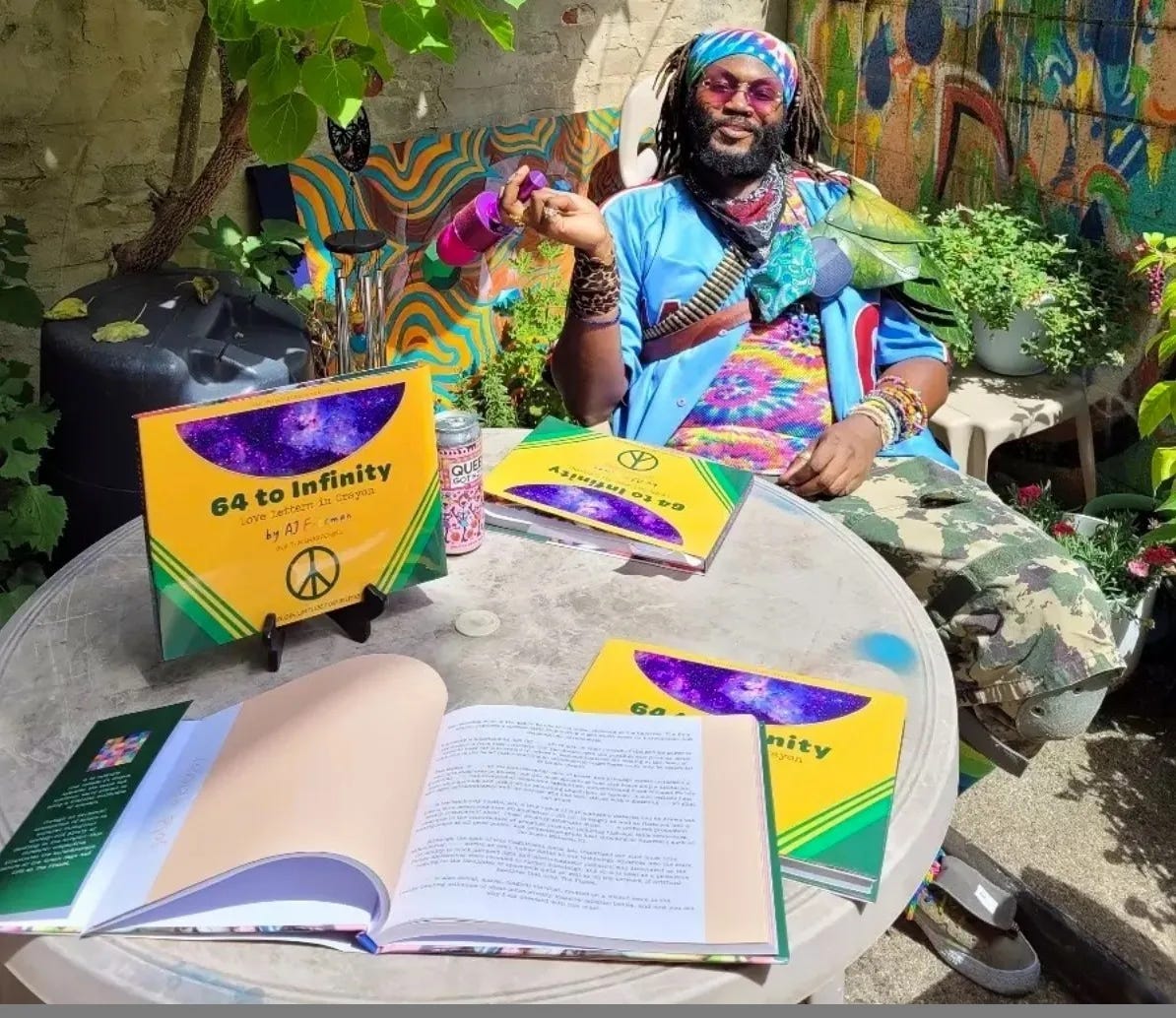Love Letters in Crayon: Goldenrod
This natural shade offers a glimpse of a more sustainable future.
Every Friday afternoon, “64 to Infinity: Love Letters in Crayon” will illustrate the long, strange story of humankind in one of the 64 colors that make up this world-famous primary palette. Last Friday, we luxuriated in the finery exemplified by Gold…but also found ways to make it useful in so doing. In this week’s edition, we celebrate a more natural kind of wealth: the healing and productive properties of the Goldenrod flower.
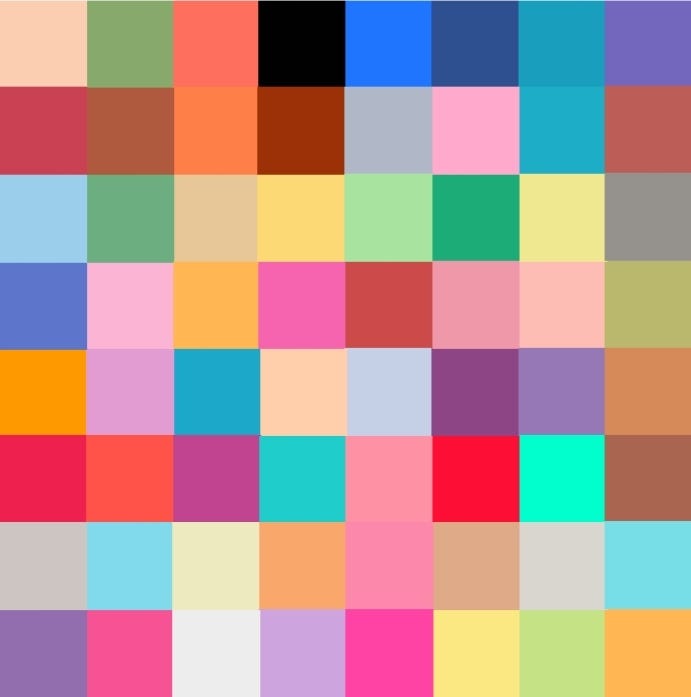
Despite its unearned reputation as an agitator of allergies--perhaps due to its chromatic resemblance to pollen--the flower represented by the Goldenrod crayon is well known for its uncommon range of healing properties, and was traded in mass quantities as a natural remedy as recently as the American Colonial Era.
This salubrious status is shown through the Solidalgo segment of the plant’s botanical name, translating from Latin as “to make whole.”
Fittingly, goldenrod reflects the concept of wholeness in surprising ways.
Problematic industrialist Henry Ford took an interest in goldenrod after being taught a technique for extracting a rubber substitute from the plant by inventor Thomas Edison in the early 20th Century. He worked directly with an innovator of equal esteem by the name of George Washington Carver, who was not nearly as fixated on peanuts as is commonly believed.
These true titans of their respective fields collaborated throughout the late 1930s on creating a goldenrod-based synthetic replacement for natural rubber.
A stated necessity to replace rubber at the manufacturing level must have certainly arrived as welcome news in the “Congo Free Republic,” where appalling atrocities were committed in the name of its collection.

Although both men had lived out their lives by the end of the World War Era, their deeply respectful connection continues to bloom to this day.
Their combined contributions to chemurgy, the science of making production materials from organic sources, formed some of the spark for the Green movements of today.
In this way goldenrod can be considered a shade of our kind’s material mastery, and now you see why I am obsessed with this color.
That’s a bit more of a history lesson than you expected in a post about a crayon named after a flower, yeah? Tune in next Friday for another surprising story to come out of this famous 64-color box…next week’s Love Letter goes out to actual person Granny Smith!
Hey, AJ here. You’ve already made my day by taking the time to check out this selection from my book, “64 to Infinity: Love Letters in Crayon!” Most writers live and die without ever being appreciated, and so every moment of your time is a personal gift to me.
My career as a writer is made possible almost entirely by readers like you. If you’d like to support human creativity directly, you can make a monthly contribution through Patreon.
….and if you’d like to see a second hardcover print run for “64 to Infinity: Love Letters in Crayon,” you can make a one-time donation to the “64 to Infinity” Print Run Fund.



